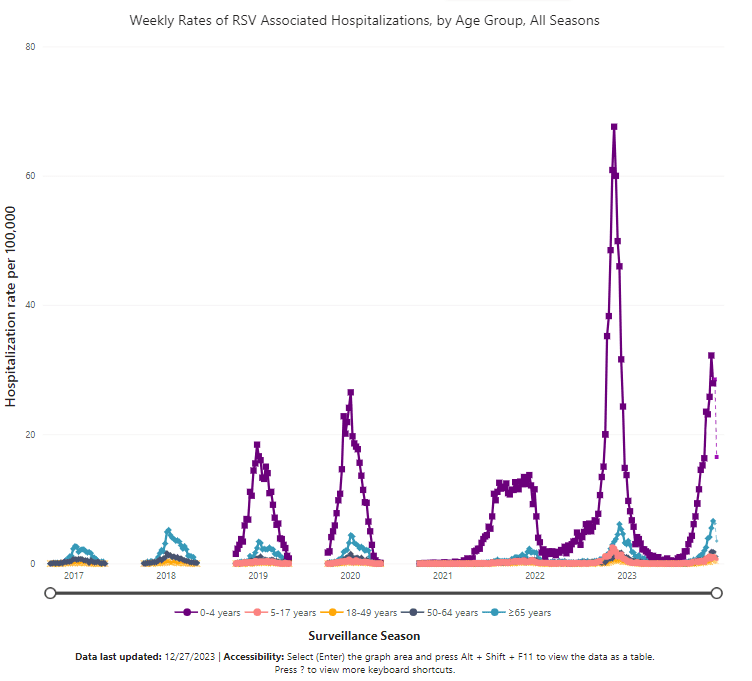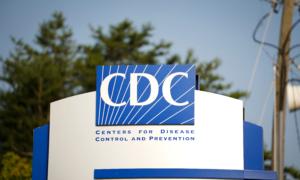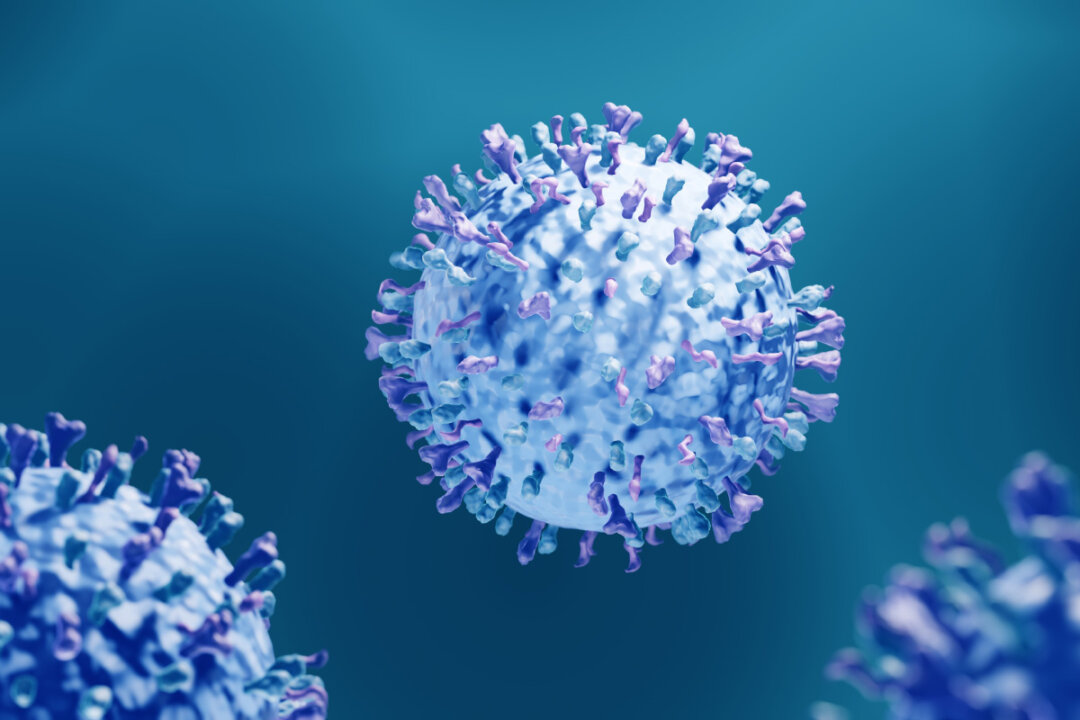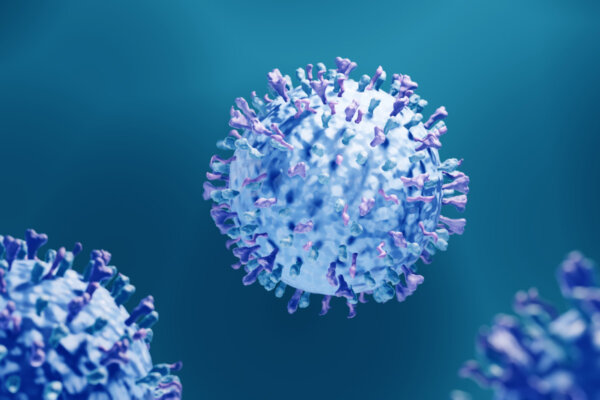Children Have Higher Hospitalizations From RSV Than Omicron or Influenza
A recent research paper found that hospitalization rates were over 80 percent for RSV and only 30 percent for omicron and the flu.
A research paper published on Dec. 26 found that hospitalization rates were significantly higher for children who tested positive at the emergency department for respiratory syncytial virus (RSV) than for the omicron strain of COVID-19 or influenza.
However, hospitalization rates were over 80 percent for RSV, and around 30 percent for both omicron and influenza.
“Infants are more likely to be hospitalized from RSV,” pediatric pulmonologist Dr. Lael Yonker, who is also an assistant professor of pediatrics at Harvard Medical School, told The Epoch Times. She sees a similar pattern among her patients.
While children and infants tend to have fewer COVID virus binding receptors in the body compared to adults, RSV viruses target a larger variety of receptors in the body that may lend less age-related protection, Dr. Yonker said.
On the other hand, the “absence of humoral (antibody) immunity” impacts infants and makes them more susceptible to RSV than older kids, said Dr. Yonker.
Pulmonary critical care specialist Dr. Joseph Varon and professor at the University of Houston College of Medicine told The Epoch Times that respiratory viral infections are more common during the colder seasons.
“[RSV, COVID, and influenza] all come with headache, congested nose, coughing, not feeling well and you really can’t tell what the patients have [without doing diagnostic tests],” he said.
Incredible Increase in RSV Cases and Hospitalizations
Beginning in the fall of 2022, there has been a significant surge in pediatric RSV hospitalizations, particularly among children aged between 0 to 4. The cases subsided in spring 2023 and increased again in the fall of 2023.
Hospitalization rates were higher in 2022 and 2023 than all prior other years, with the peak particularly prominent in 2022.
In the United States, the annual RSV season historically starts in fall and peaks in winter. However, this pattern was disrupted during the COVID-19 pandemic, likely due to public health measures implemented to reduce COVID spread, this may have also led to reduced spread of RSV, states the CDC.

Treatments and Prevention
To prevent and treat respiratory infections, Dr. Varon recommends taking nutraceuticals for a week that improve immune function, such as vitamin C, D, zinc, and melatonin. His patients have also had successes with ivermectin regardless of the viral disease they contracted. Children take a lower dose due to body weight.
Of the patients he saw in 2023, none developed a severe case of respiratory disease that required hospitalization.
Dr. Yonker said that infants can be treated against RSV by injections with nirsevimab, a monoclonal antibody against the virus, however, the drug has been in very limited supply due to increasing RSV hospitalizations.
Dr. Yonker recommended vaccinations to prevent RSV in infants, while Dr. Varon cautioned against rapid uptake of the recent vaccinations, preferring to wait longer for the safety data.
A Fear of Viruses
Respiratory diseases tend to be more common between fall and winter, but since COVID, Dr. Varon has found that his patients are now more fearful of respiratory infections compared to the pre-pandemic period.
Since COVID-19, his clinic has been using a respiratory pathogen panel, also known as the RPP test, to identify the specific virus infecting the patients. RSV, COVID, and influenza are the most common causes of respiratory disease in his patients.
“It happens all the time, every year,” he said. In the past, they may have been sent off with a general diagnosis of viral illness, and not many people get panicked over it.
This article has been archived for your research. The original version from Epoch Times can be found here.






